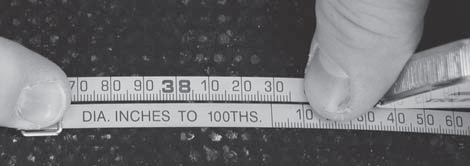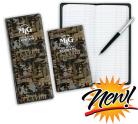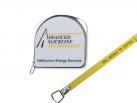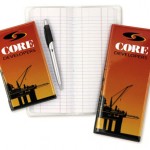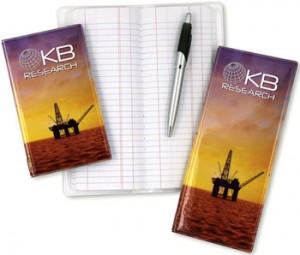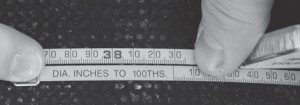
I always enjoy explaining how to measure the diameter of a pipe. Doing the measuring actually takes less time than explaining it. It’s easy, too, because the pipe diameter tape does all the work for you. It takes about 10 seconds to do this little task. All you do is wrap the od tape (diameter tape) around the pipe or pipeline, and read off the diameter directly from the tape. The video found here in the header picture pretty much shows you how simple it is.
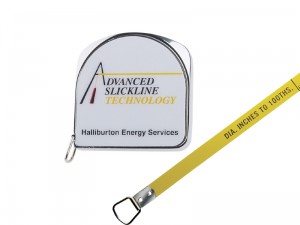
This is a valuable tool for people in the oil and gas drilling business, automotive repair, boat repair, tree people, arborists, tree nurserymen, landscapers, and anyone who needs to know the diameter of a round object. This allows you to find the diameter without cutting it and measuring the diameter directly.
